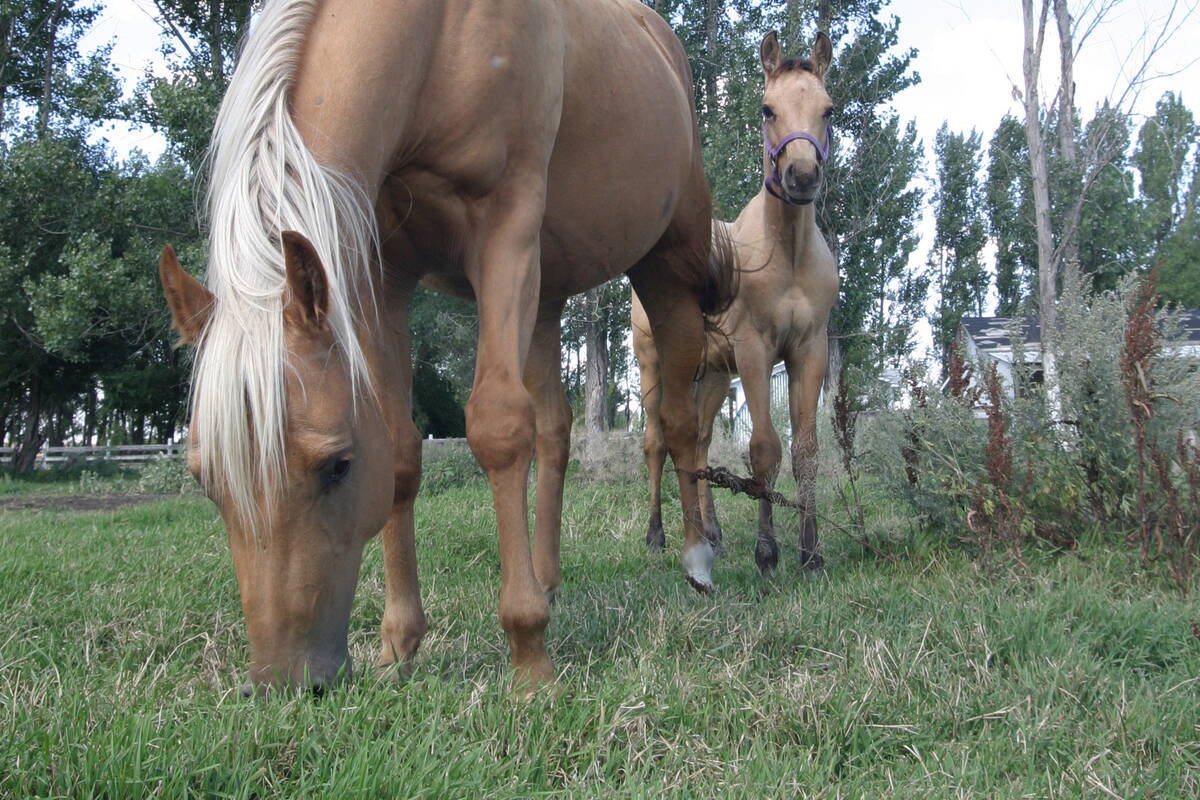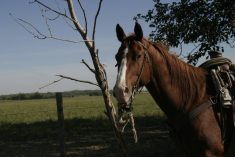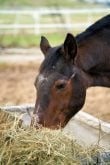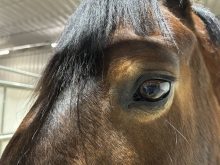Horses have major advantages associated with domestic life but they have also incurred disadvantages that deeply affect their overall health and well-being.
Perhaps the greatest of these disadvantages is frequent social isolation. Social support in humans has been found to protect individuals from the mental, physical and emotional stressors of life and it appears that horses benefit equally.
Horses need other horses. They are natural herd animals requiring the security, comfort and familiarity found in the presence of other horses and when given the opportunity, develop rich and complex social structures. In a herd, they learn social skills, manners and emotional regulation, and tend to extend their social awareness to the humans with whom they interact.
Read Also

Ignoring growth plates sabotages young horse development
Young horse training plans and workloads must match their skeletal development. Failing to plan around growth plates can create lifelong physical problems.
These basic mental and emotional needs often come second to human needs, competition, convenience and economics. This gives rise to problematic social environments, especially for youngsters that depend on stable social structures to learn how to properly behave ‘as a horse.’
Behaviours, good or bad, are strongly influenced by social factors in their upbringing.
More ‘Horse Health’ with Carol Shwetz: The use of medicinal honey in wound care of horses
Horses are capable of developing bonds of companionship, forming attachments and showing preferences for certain herd mates based upon familiarity and kinship. The social bonds are established, strengthened and maintained by the contact of mutual grooming, play, close proximity and through day-to-day activities such as foraging together, moving together and resting together. This exposes them to a toolbox of social skills necessary to successfully navigate through life.
Without this, the young horse is denied important learning opportunities. Many young sport and performance horses are subjected to social isolation with individual housing arrangements and/or through mixing, change of ownership or training agendas.
Social isolation has been identified by researchers as one of the strongest stressors for horses, eliciting significant behavioural and physiological changes. Simply observing the intense emotional displays that follow physical separation of horses is testimony to the disruptive forces placed upon their psyches.
Over the last few decades, society has repurposed the horse as a commodity, competitor, companion and/or financial investment. The physical movement between placements, owners, facilities, training and sporting venues has increased tremendously.
This has limited opportunities to interact within consistent herd environments. Social isolation is increasing as a consequence of training schedules, sporting agendas, travel demands and biosecurity constraints.
Research has provided a convincing link between social isolation and stereotypic behaviours such as cribbing, weaving, pacing and stall walking, as well as an increased incidence of digestive and musculoskeletal ailments.
Many horses subjected to isolation for prolonged periods become despondent and withdrawn. Isolation denies them the opportunity to express natural social behaviour and separates them from the comforts, safety and benefits of the horse group. These have severe consequences for psychological and physiological well-being, and negatively impact learning.
There is evidence that industry professionals and owners often misinterpret, dismiss or have become desensitized to many indicators and expressions of equine distress associated with isolated housing.
Injury avoidance is often used as a major argument to defend the isolating conditions but recent research has shown the contrary. Individually housed horses actually incur more lameness and health problems than do group-housed ones.
The social environment is such a key factor that it alone can shape normal and abnormal behaviour. The peaceful gains found within the social structure of a stable, consistent herd is highly sought by the horses and, if absent, results in a lack of ease, mentally, physically and emotionally. Great compromise comes to both the horse and the human in health and safety when such is not provided.
















